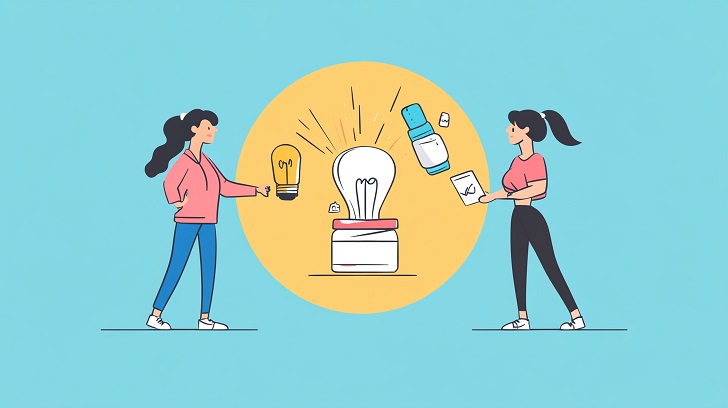In the ever-competitive realm of startups, launching a product that resonates with your target audience is paramount. Enter the Minimum Viable Product (MVP), a development technique where a new product is developed with sufficient features to satisfy early adopters. The final, complete set of features is only designed and developed after considering feedback from the product’s initial users. This feedback loop is crucial, and that’s where beta testing comes into play — it’s a golden opportunity to refine your MVP before a full-fledged market launch.
Beta testing allows real users to evaluate the product in a real-world environment, providing insights that are critical for making necessary adjustments. This user feedback is invaluable, as it comes directly from your target market. Authentic user experiences help identify bugs, unravel usability issues, and garner suggestions for new features that could make the product more appealing to future customers.
The Pillars of Beta Testing
Understanding the key aspects of beta testing can dramatically improve the efficacy of the process. Beta testing relies on:
- User Selection: Carefully choose a diverse group of users who represent your target market.
- Feedback Mechanisms: Implement efficient ways to collect feedback, including surveys, interviews, and user activity tracking.
- Realistic Environment: Ensure that beta testing occurs under conditions that closely mimic where and how the final product will be used.
- Actionable Data: Feedback should be analyzed and translated into actionable items for your development team.
Harnessing Beta Testing for MVP Refinement
The goal of beta testing an MVP is not just to find flaws, but to truly understand how your product fits into the market. It’s less about confirming what you expected and more about uncovering what you never knew. Here’s how to optimize the process:
Construct a Solid Foundation: Before commencing beta testing, make sure your product has a stable foundation with core features that are functional and reliable. Users should be able to test the product without encountering critical issues that could skew their feedback.
Define Objectives: Determine what you’re looking to achieve through beta testing. Are you testing usability, feature effectiveness, market demand, or all of the above? Understanding your objectives will shape everything from who you recruit to how you process feedback.
Recruit the Right Beta Testers: Your testers should be representative of your actual target users. Inaccurate representation can lead to skewed data and, ultimately, misguided conclusions. Consider diversifying your user pool to cover different scenarios and user behaviors.
Provide a Clear Testing Framework: Users should know what you expect from them and how they can report their experiences. Incentivization can also be a powerful tool to ensure participation and thorough feedback.
Iterate Swiftly Based on Feedback: As you collect feedback, prioritize it and implement changes that align with your MVP’s objectives. Speed is of the essence — the faster you iterate, the quicker you can return to testers or move towards launch.
Ensure Scalable and Secure Testing: As you refine your product and pass it through multiple testing cycles, it’s crucial to maintain a scalable and secure testing environment to protect your product and the users testing it.
Translate Feedback into Actionable Insights: Feedback is only as useful as the improvements it leads to. Employ data analysis tools to sift through the collected data and identify trends and recurring issues that need to be addressed.
The Impact of Beta Testing on MVP Success
Successful beta testing can have a profound impact on your MVP’s trajectory. By engaging with real users, startups can avoid the common pitfall of building a product based on assumptions rather than evidence. Moreover, a well-executed beta test can build anticipation and brand advocates prior to the official product launch.
Startups that invest in thorough beta testing are more likely to extend their runway, iterating their product until it delivers real value to its users. In today’s data-driven landscape, a well-tested MVP has a higher chance of securing investor confidence and capturing the interest of a broader market.
Final Thoughts
As part of a lean startup methodology, beta testing is an agile and user-centric approach that significantly decreases the risk of product failure. The iterate-test-learn cycle is a fundamental principle that helps startups navigate the complexities of product development, ensuring that when the product finally hits the market, it stands the best chance of success.
When it comes to MVP refinement, beta testing is not a luxury — it’s a necessity. It’s a curatorial process that seizes raw potential and transforms it into a market-ready product. As they say, the proof of the pudding is in the eating. Beta testing is more than just a taste test; it’s the crucial feedback that helps whip up the perfect recipe for your startup’s success.
For those embarking on this entrepreneurial journey, recognizing the value in structured user feedback could be the difference between a failed project and a thriving product. Embrace beta testing with strategic focus, and watch as your MVP evolves into a solution that not just meets, but exceeds market expectations.




